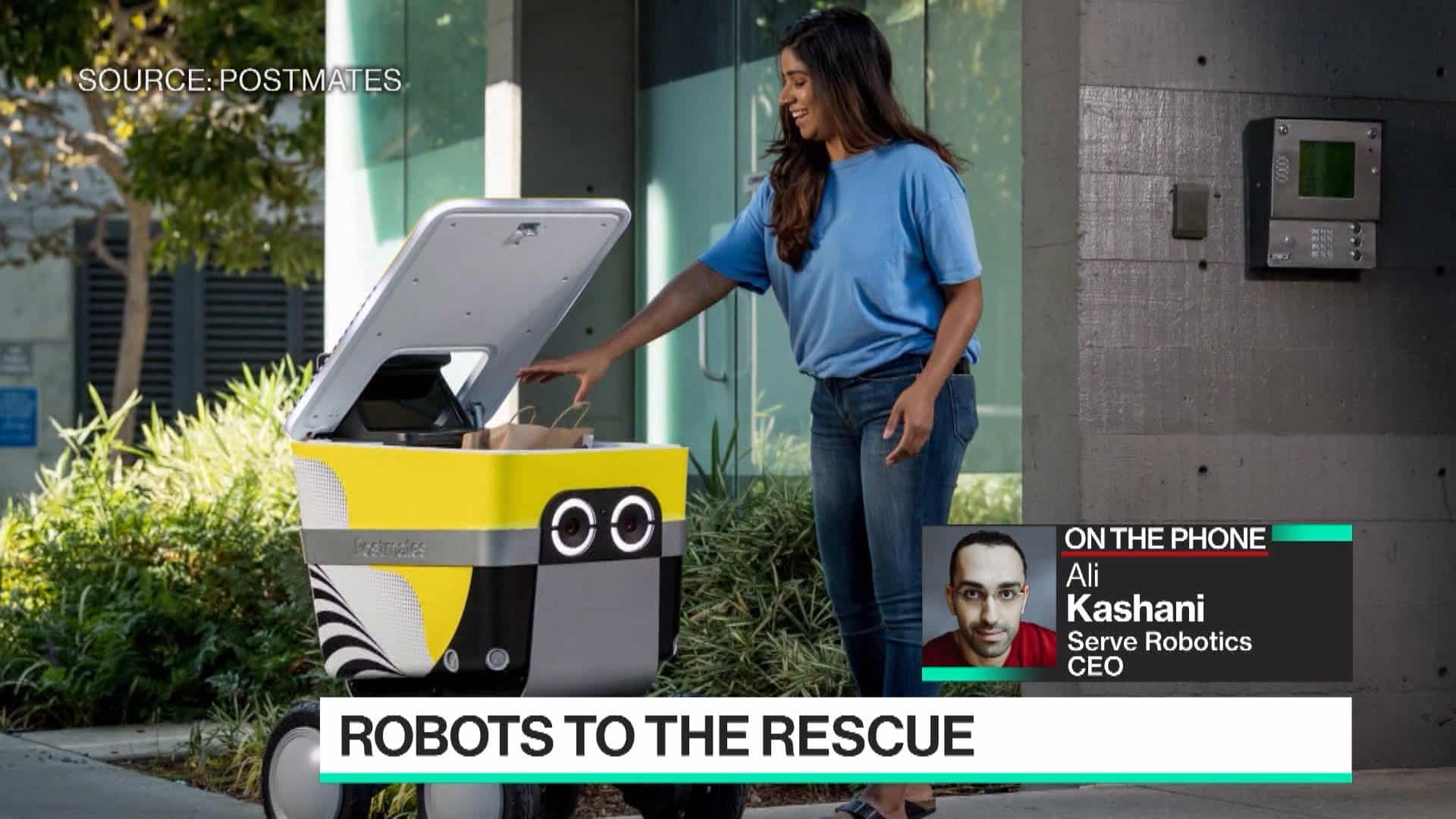Postmates X, the robotics division of the on-demand delivery startup that Uber acquired last year for $2.65 billion, has officially spun out as an independent company called Serve Robotics.

Investors and Funding specifics for Serve Robotics
It was reported in January that a deal was being presented to investors. Serve Robotics, which was developed and piloted by Postmates X, has raised seed funding in a round led by venture capital firm Neo. Other investors included Uber as well as Lee Jacobs and Cyan Banister’s Long Journey Ventures, Western Technology Investment, Scott Banister, Farhad Mohit, and Postmates co-founders Bastian Lehmann and Sean Plaice.
However, Serve Robotics didn’t share specifics of the funding except to confirm that the round, which will be a Series A, has not been completed yet. Funding a spin-out can occur in phases, with the first tranche used for the initial launch and the rest of the round closing once IP has been transferred.
Naming the new higher-ups
Ali Kashani, who headed up Postmates X will run the new company. Other co-founders include Dmitry Demeshchuk, the first engineer who joined the Serve team at Postmates, and MJ Chun, who previously led product at Anki and has been heading up product strategy at Serve. The company is launching with headquarters in San Francisco, with 60 employees and offices in Los Angeles and Vancouver, Canada.
Kashani, co-founder and CEO of Serve Robotics said “While self-driving cars remove the driver, robotic delivery eliminates the car itself and makes deliveries sustainable and accessible to all,”. “Over the next two decades, new mobility robots will enter every aspect of our lives, first moving food, then everything else.”
How robots delivering food became a concept?
Postmates’ exploration into sidewalk delivery bots began in 2017 after the company quietly acquired Kashani’s startup Lox Inc. As head of Postmates X, Kashani set out to answer the question: why move two-pound burritos with two-ton cars? Which led to Postmates revealing its first Serve autonomous delivery bot in December 2018. A second generation, with an identical design but different lidar sensors and few other upgrades, emerged in summer 2019 ahead of its planned commercial launch in Los Angeles.
What comes next for Serve Robotics?
The company’s mission to design, develop and operate delivery robots specialized in navigating sidewalks will continue, but with an eye toward expansion. Serve will continue its delivery operations in Los Angeles. While it plans to ramp up research and development in the San Francisco Bay Area, it aims to expand its market reach through new partnerships.
A familiar deal
This spin is consistent with Uber’s business plan. It aimed to narrow the focus of its business on ride-hailing and delivery to make more profits. This strategy began to take shape after Uber’s public market debut in May 2019 and accelerated last year as the COVID-19 pandemic put pressure on the ride-hailing company. Two years ago, Uber had enterprises



